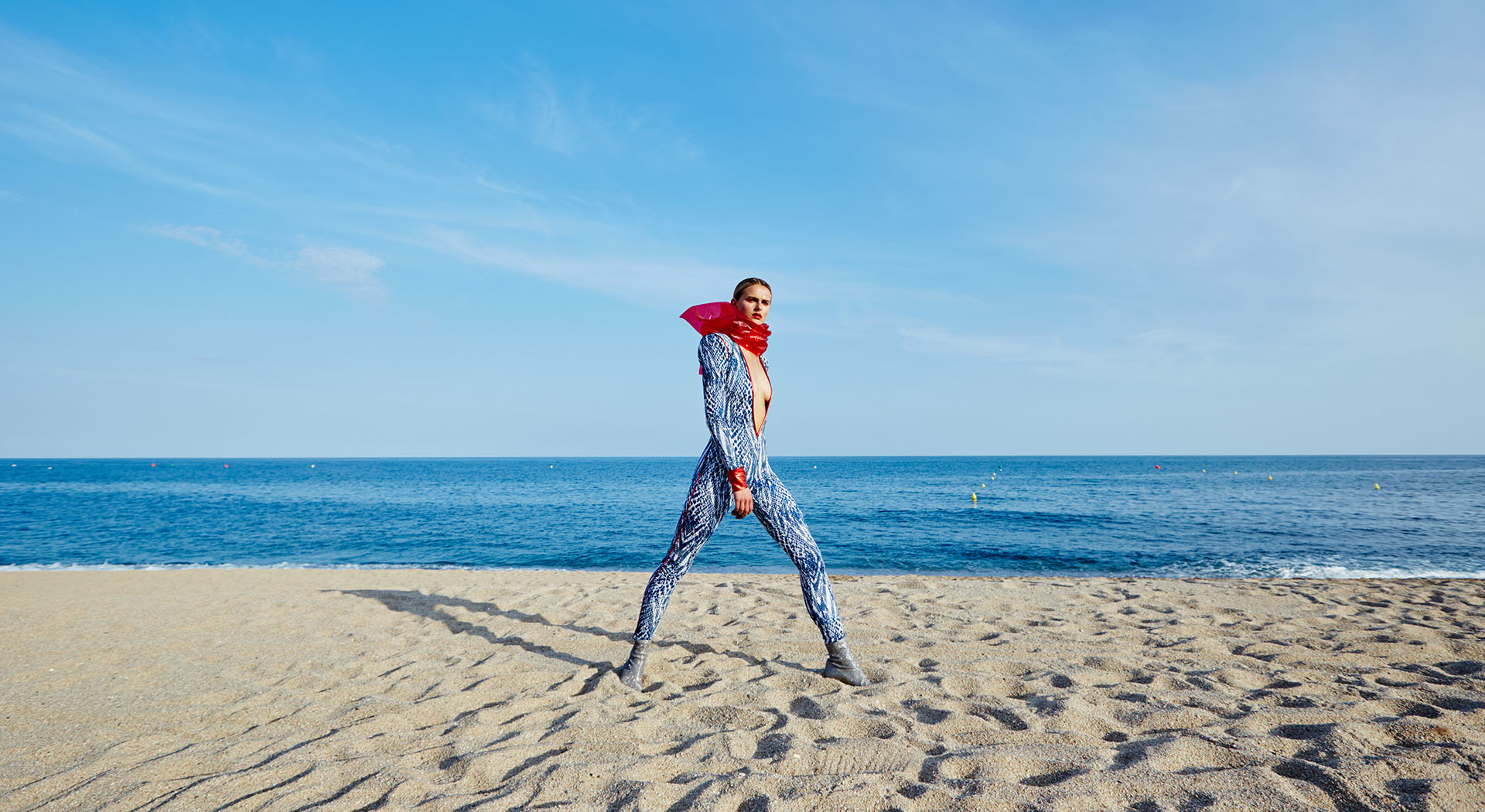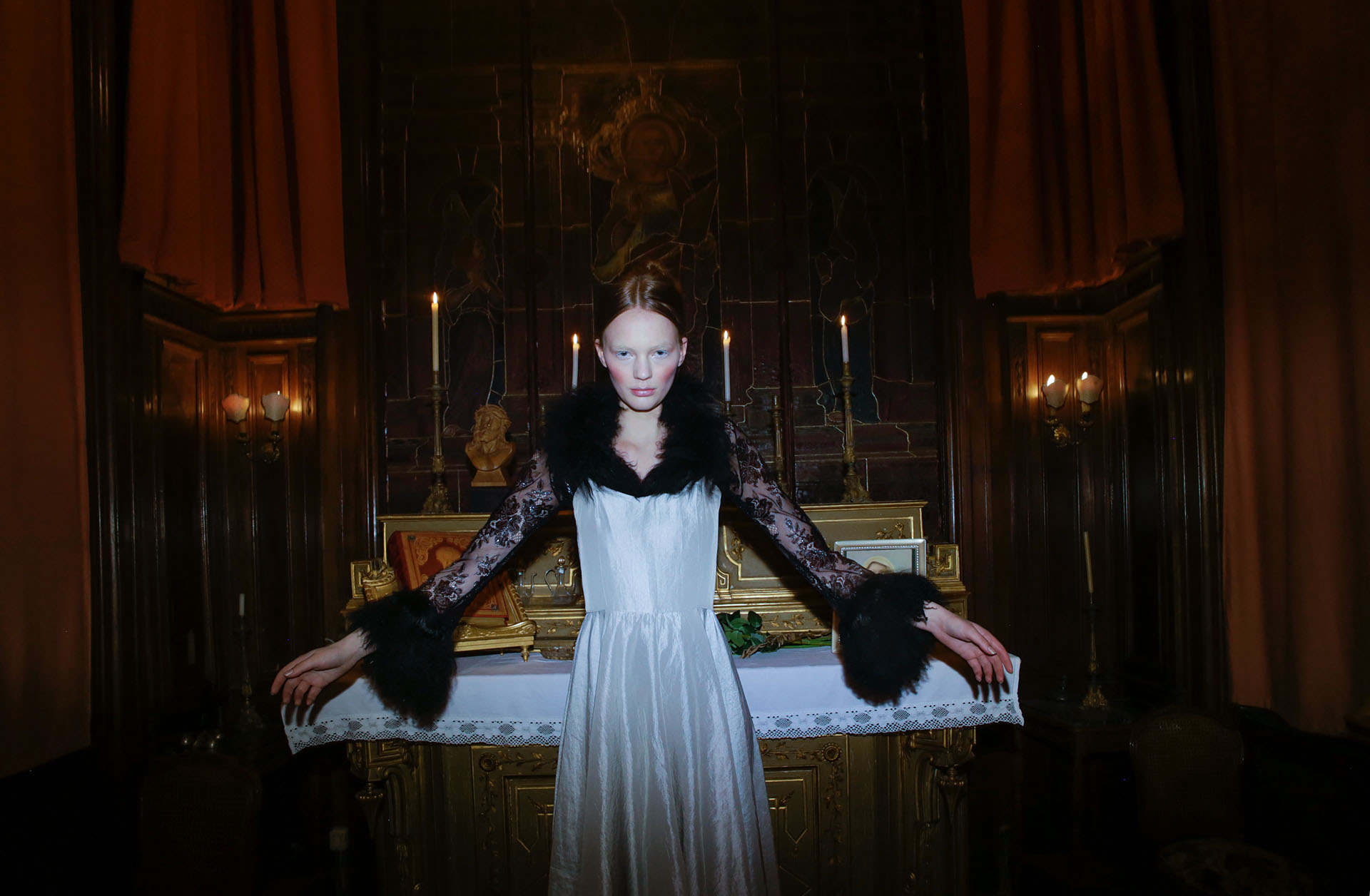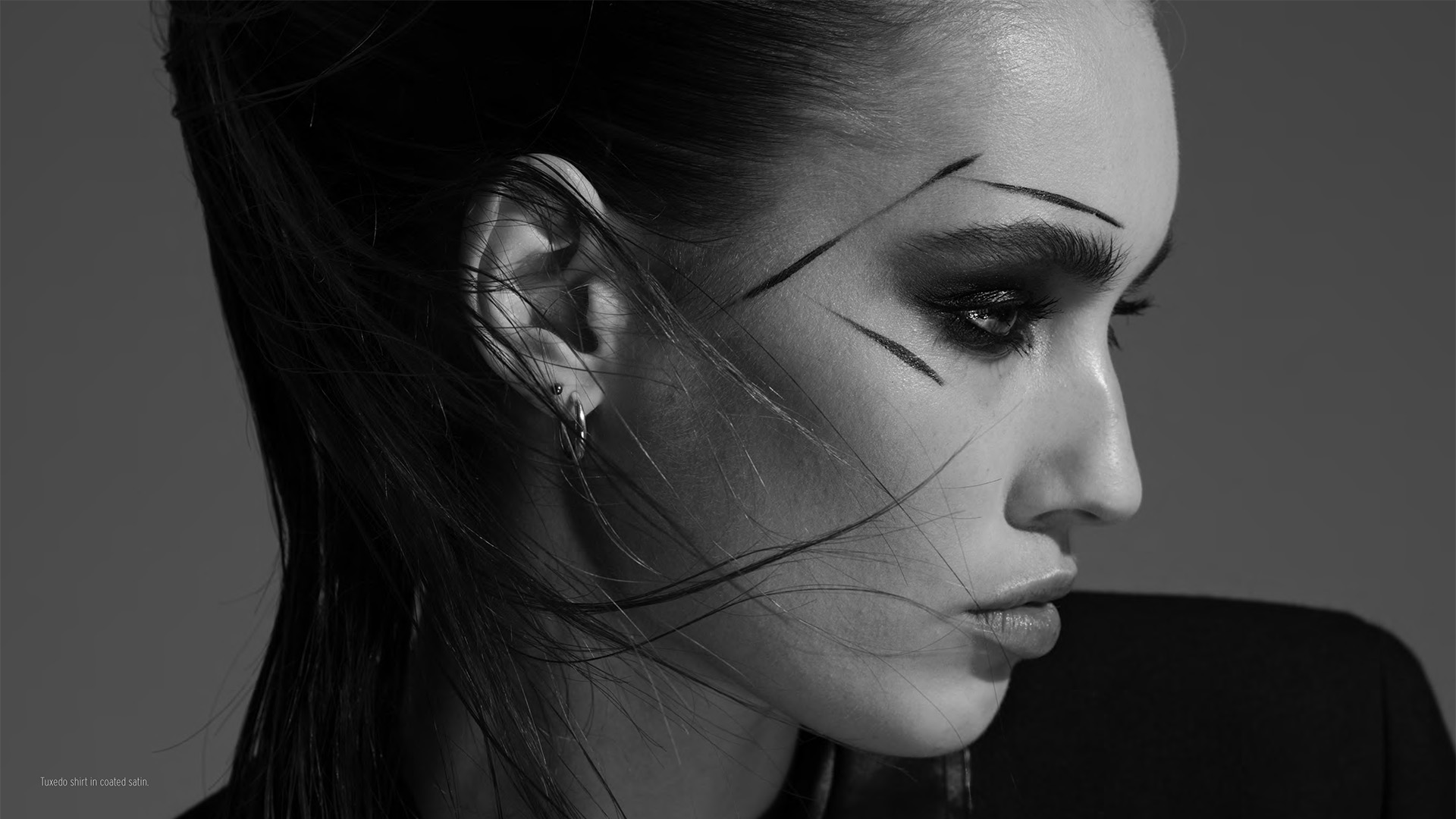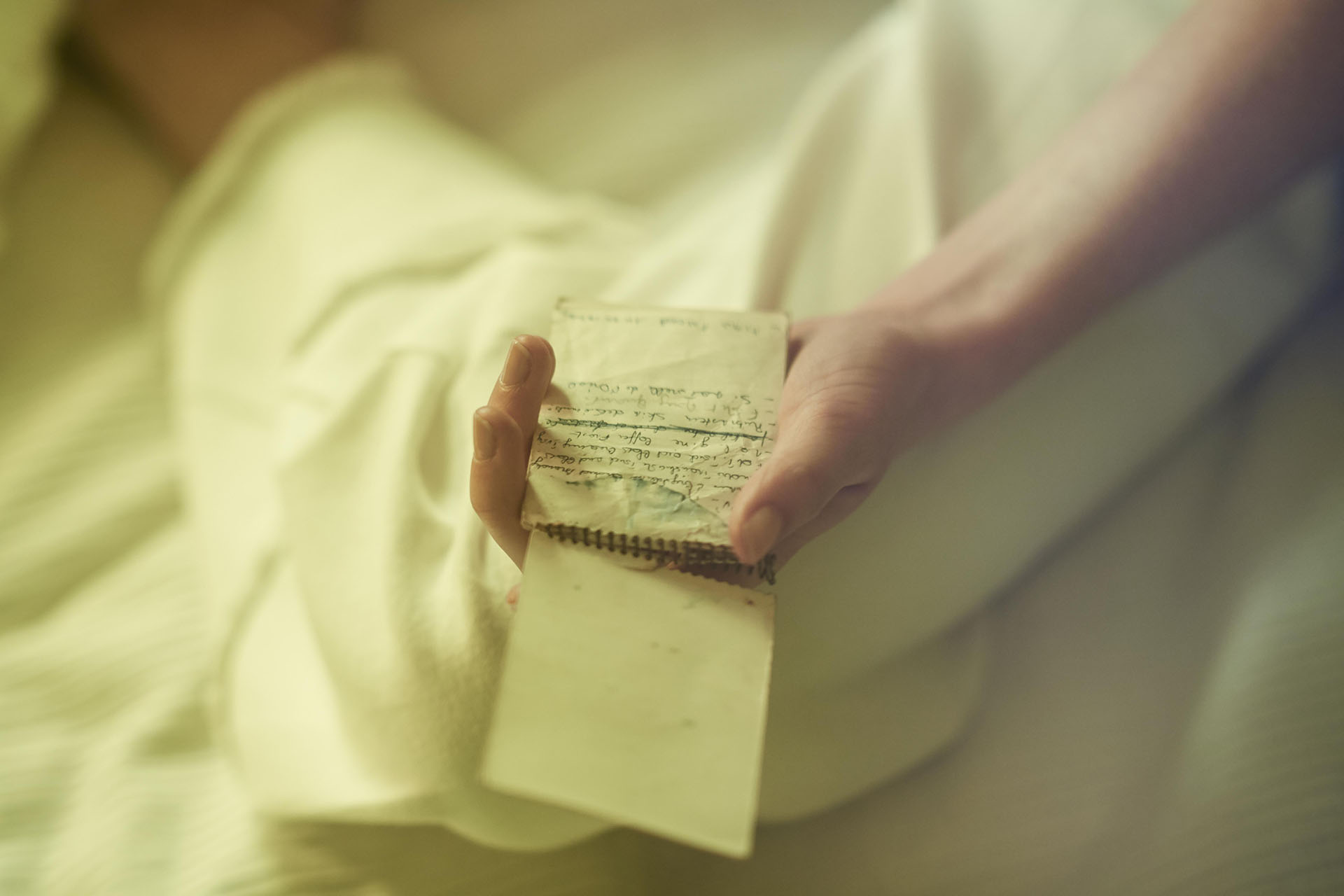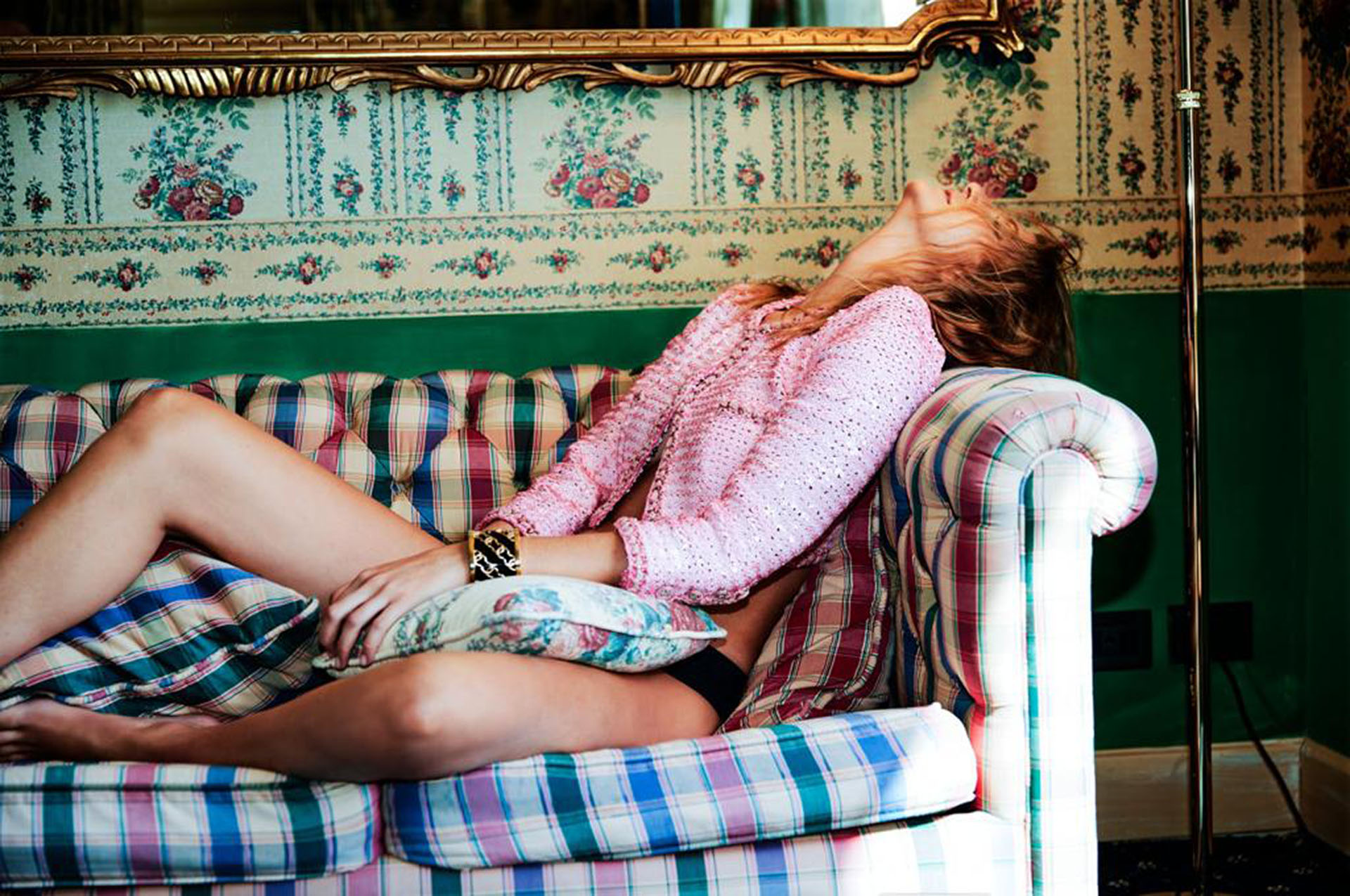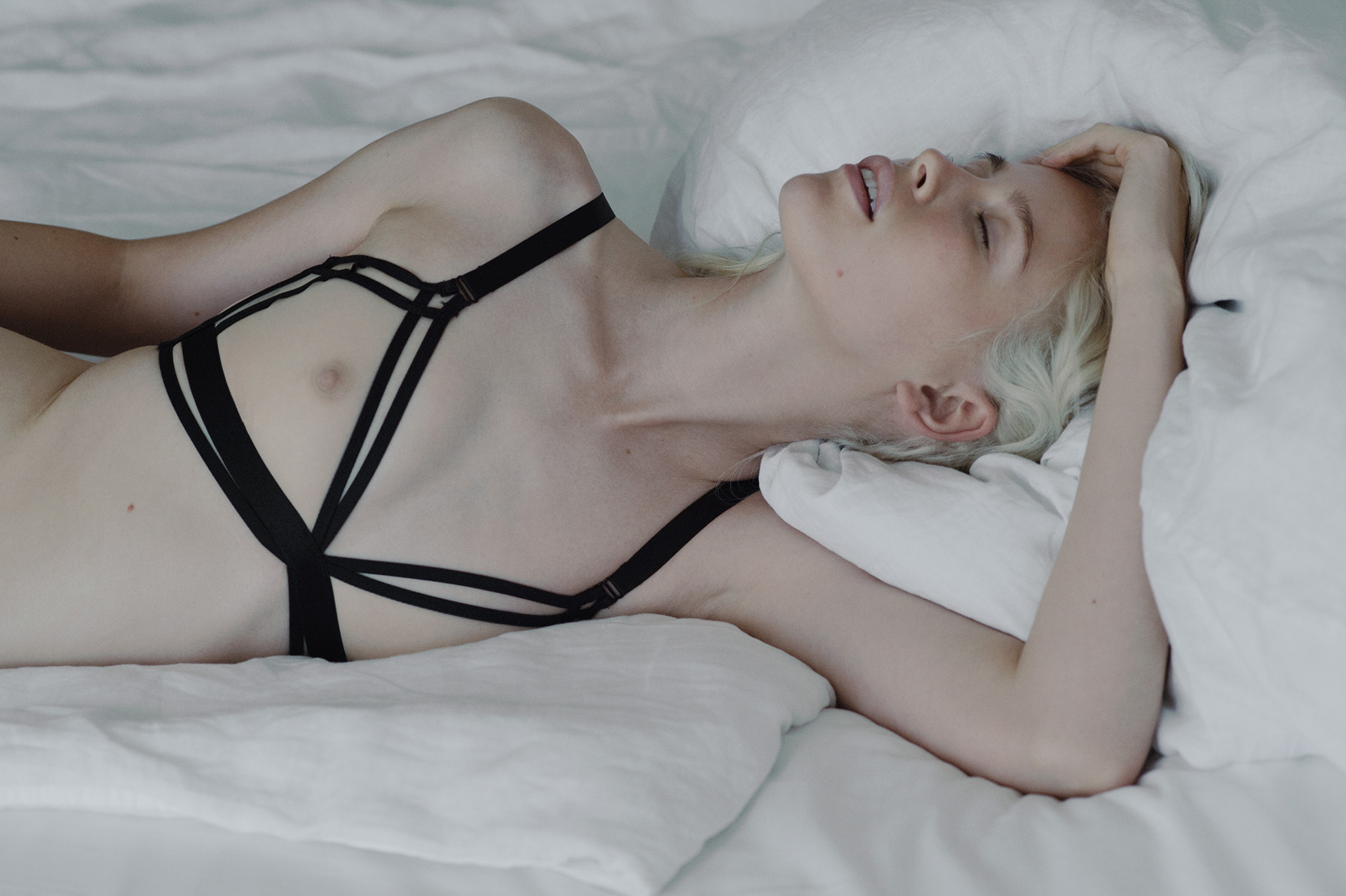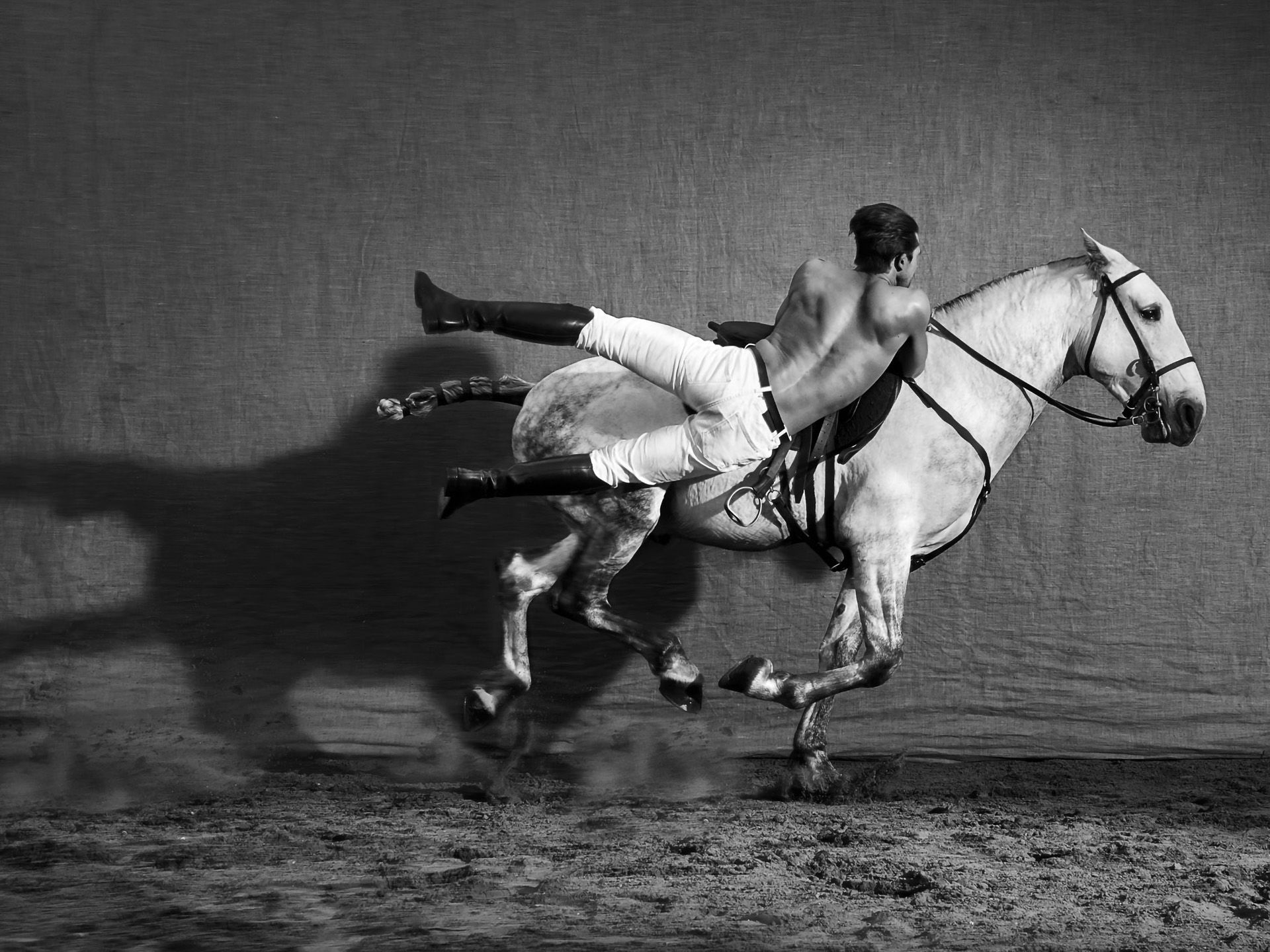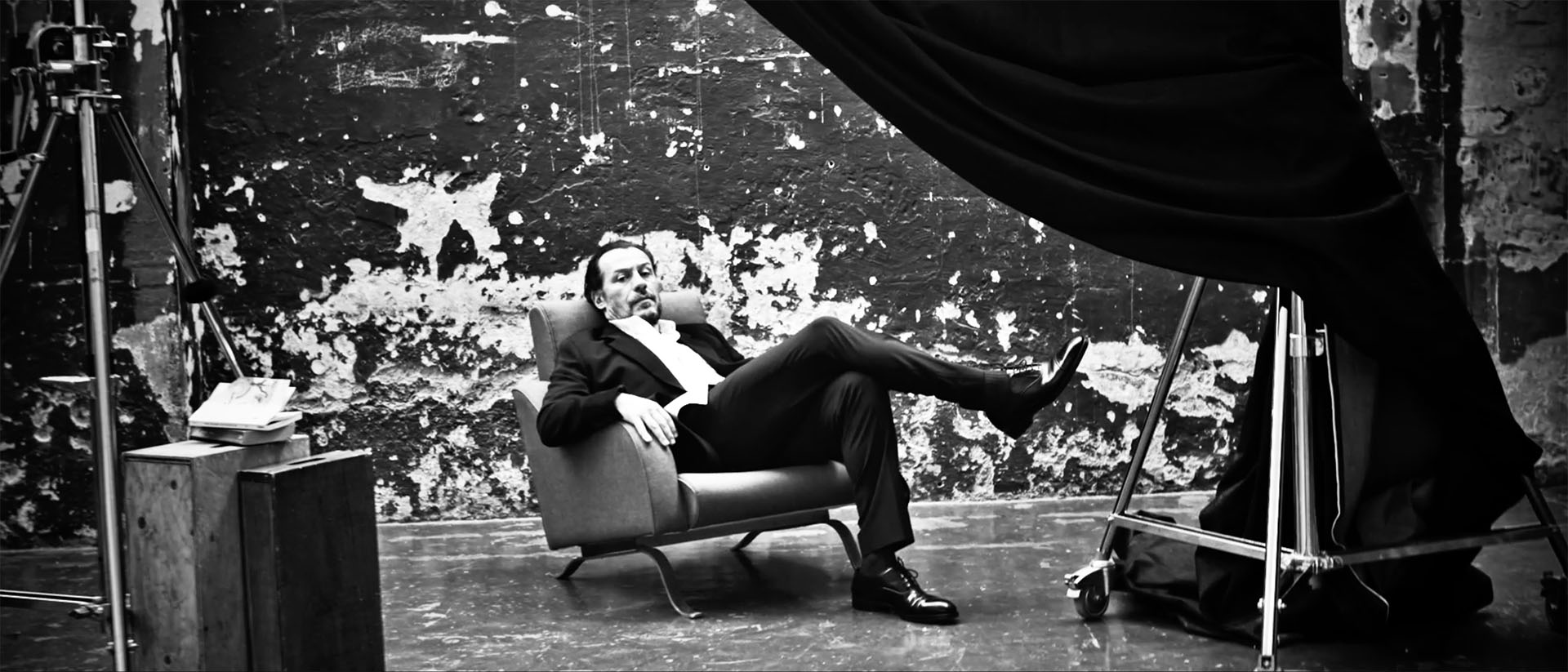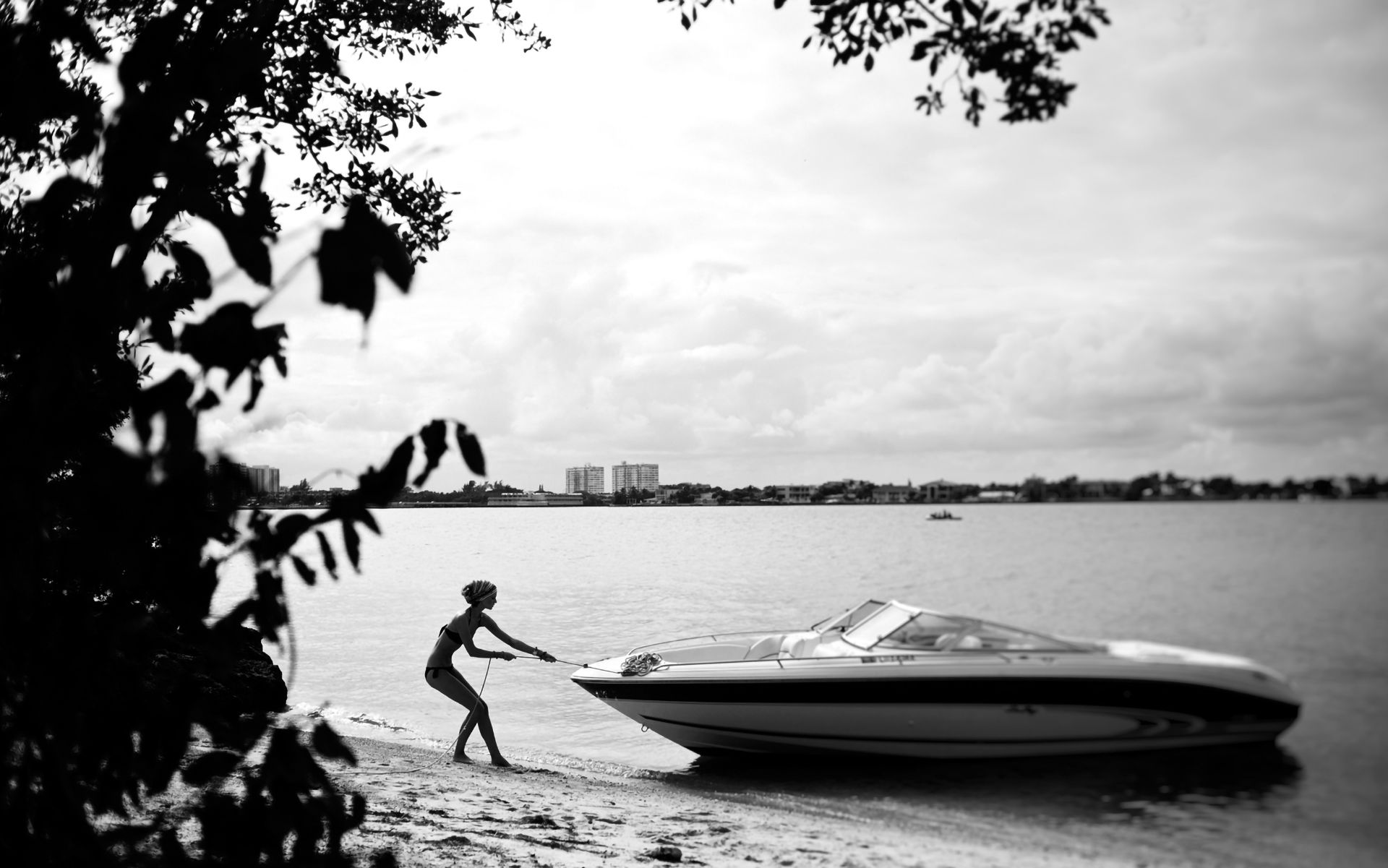The photographer, Uli Weber, has built a global reputation on his mastery of two distinct fields: capturing the profound and the profane in a popular culture fixated with celebrity; and revealing the intimate truths of portraiture.
His work has appeared in such synonyms for sophistication as Vogue, Elle and GQ and such temples to art and craftsmanship as the Victoria and Albert Museum and the Saatchi Gallery.
Some say the gallery is the natural home for Weber’s work. According to Ivan Shaw, former PhotographyDirector of American Vogue, his craftsmanship begs comparison with such masters as Henri Cartier-Bresson and August Sander. The comparison with Sander may result from a shared German sensibility and artistic heritage. But it was in Italy that Weber learned his craft and developed his ability to recognise the dramatic intensity or the absurdist fun in even the most unpromising of subjects.
Having then been drawn to the energy of a newly resurgent London, his first magazine cover shot was for the iconic style magazine, Arena and featured Sting in a vivid red Katherine Hamnett fake fur coat. Other prestigious commissions quickly followed and portraiture became his forte with everyone from Eddie Redmayne to Rachel Weisz, Jeremy Irons to Sting appearing in his star-studded portfolio.
On one occasion, Weber emerged from behind the camera to himself become the focus of attention, as an interviewee with the Queen of US Media, Oprah Winfrey. That media spotlight intensified in 2010 with the publication of Weber’s book of Portraits. Such was the interest and critical acclaim that a series of exhibitions followed in London, Milan and New York. Whether it was The Times, Der Spiegel, la Repubblica or The Huffington Post, the reviews were unanimous in their appreciation for the work that is both versatile and unique.
Then, at the invitation of The Duke of Richmond, Weber changed gear again, swapping Kate Moss for Sterling Moss, the catwalk for the cockpit, and Vogue for Vrooom. Over a period of four days, Weber was given access to all areas of The Goodwood Revival.That he could capture the true essence of the event for his award-winning book ‘Goodwood Revival’, which was later exhibited in London and Italy.
Now comes what Weber regards as his most prestigious assignment yet: ‘The Allure of Horses’ published by Assouline this autumn, it explores the myriad roles the horseplays in our sporting, working, social and cultural lives.
Anyone who is familiar with his work in the rarefied realms of high fashion will be amazed at how accomplished Weber is at capturing the sheer physicality of the sporting life… From Flat Season favourites to mud splattered, shaggy Shire Horses working the farms and furrows of rural England. Weber has sought out not just the glamour and the glitz of the Sport of Kings and aristocrats but also the steaming reality of the working horse’s life.
What’s more, whether it is his depiction of the top-hatted, thoroughbred fillies as they ride, side-saddle across the fields. Or it might be in the determined stare on the chiseled faces of the jockeys as they try to think only of the winners’ enclosure – and not the possibility of the tumble that waits at every race.
This is a book not just about dramatic moments but also defines the mysterious, symbiotic and ancient relationship between man and beast; horse and rider.








